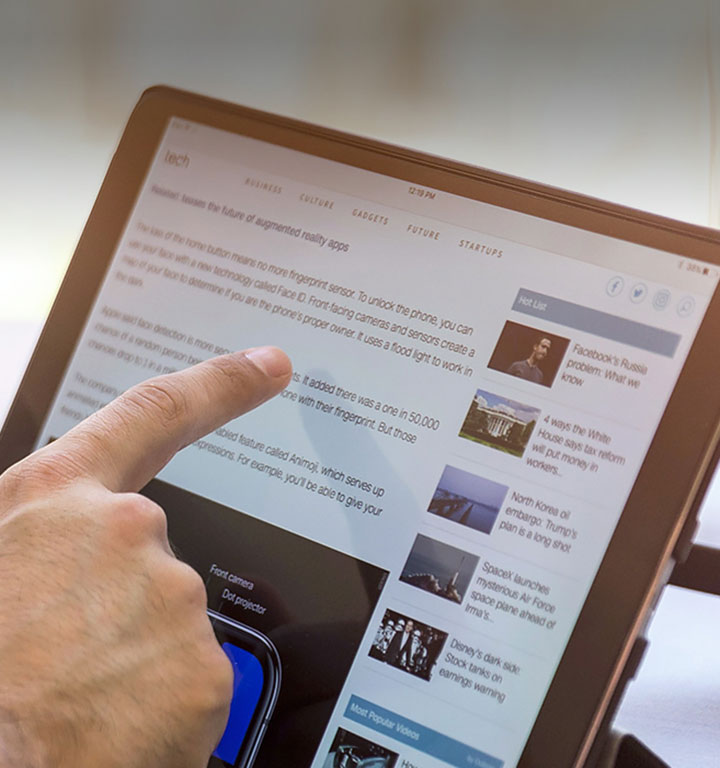

As energy storage is used for a wider set of services and renewable energy is rapidly deployed, battery use ramps up across the US.
The Energy Information Administration (EIA) made an early release of the 2021 EIA-860 data reporting that battery energy storage capacity grew more than 300% year over year, increasing from 1.4 GW in 2020 to 4.6 GW in 2021.
The boost was largely driven by the 106 utility-scale battery projects that reached commercial operations, with 3.2 GW of capacity. Consistent with historic trends, about 78% of all storage capacity added last year was built in regional transmission organization (RTO) service territories.

The nature of battery energy storage deployment advanced last year, as operators are reporting more applications and use cases for the technology beyond the conventional ancillary services that have characterized the technology since it began to ramp up deployment in 2016. Ancillary services such as frequency response and ramping/spinning reserve were the dominant use cases of battery energy storage over the last several years and continue to be a significant part of the work that utility-scale batteries perform.
Last year, batteries were increasingly reported to provide additional services like arbitrage, load management, and response to excess solar and wind generation, reducing power losses from curtailment.
Battery arbitrage involves a storage system charging during low price periods on the grid, and discharging during high price periods, like during times of peak demand. Arbitrage was reported to be performed in 50% of batteries installed representing 2.7 GW of capacity. California Independent System Operator (CAISO) had the lion’s share of arbitrage-performing batteries, representing 1.8 GW, or 83%, of the nation’s capacity that participated in the service.
Load management was another major function of batteries in 2021, increasing its capacity by 744 MW. This was a large step up from the 110 MW of capacity dedicated to this service by the end of 2020. Similar to arbitrage, load management is the act of smoothing demand peaks and valleys by storing during low demand times and exporting during peak demand hours.
Batteries were also paired with solar and wind energy to address the intermittent cycles of generation. Over 93% of battery capacity that went online in 2021 was co-located with solar. This use case gained over 1 GW of capacity last year.